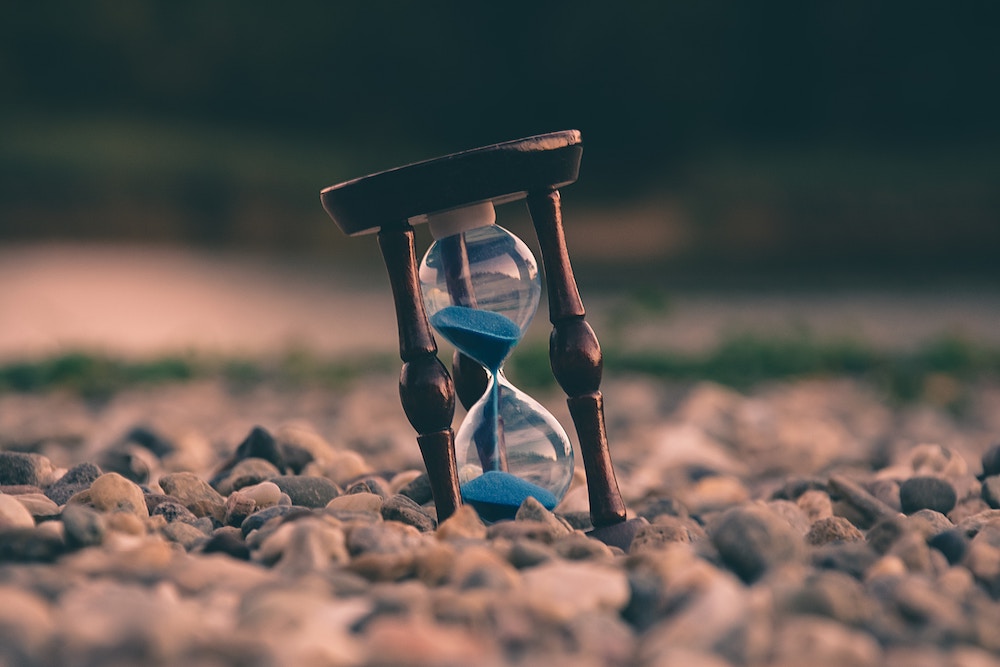As Ooligan Press’s social media manager, one of the most common questions I receive is how to best schedule social media posts. A post that is perfectly punchy and easily searchable is worth nothing if no one sees it. So many posts are filtered through social media managers that it’s impossible to post and schedule all of them by hand, so I recommend using a scheduling software to make your job easier (Ooligan uses Hootsuite).
First, it’s best to know when your post is most likely to be seen. To maintain professionalism, I try to keep all of Ooligan’s social media communication between 9 a.m. and 5 p.m. PST (just because I am personally browsing Twitter at 11 p.m. doesn’t mean I want to set the precedent that our business is ready to respond in the wee hours of the night). This gives me three easy times to schedule throughout the day: 9 a.m., 1 p.m., and 5 p.m. With this strategy, I aim to share posts with people who are just getting ready to start their day, people who are taking a midday break from work, and people who are winding down from their work day. In the past, posts that Ooligan has scheduled at other times have not performed as well.
Of course, there are a few exceptions. Most notably, I will sometimes appeal to those in the eastern standard time zone when participating in timely events such as #PitMad. Because this event begins at 8 a.m. EST, Ooligan stays relevant by beginning social media communication at 4 or 5 in the morning in local Pacific time. There are also times when something so exciting happens “after hours” in our mentions or in our local community that it doesn’t make sense to wait until the morning to share in the excitement. Above all else, successful social media is about stellar reaction time. If excellent reaction time can be achieved without sacrificing work/life balance, it’s absolutely worth shooting off a tweet past dinnertime.
Another thing to keep in mind when scheduling social media posts is frequency. While you should strive to post consistently, you also don’t want to flood your timeline. As a general rule of thumb, Twitter posts move frequently and can go out at least once per day. Facebook posts can go out every day as well, though it’s better to be a bit more sparing with them. Instagram posts, which stay on a timeline longer, should be infrequent and go out every other day at most.
Some social media scheduling platforms have the option to automatically schedule your posts; I advise against doing this. While it initially seems convenient, these services typically don’t take into account what is useful for you. The services I have used in the past have used an algorithm based on successful posting times across their service instead of your platform’s successful posting times. The way the publishing industry engages with social media is a bit different from other industries, and instead of generalizing, I like to appeal to the audience I’m trying to reach. My best advice is to play around with what works for you and keep track of times that are and aren’t successful. You can also do some field research by watching how and when other successful members of your industry post.

